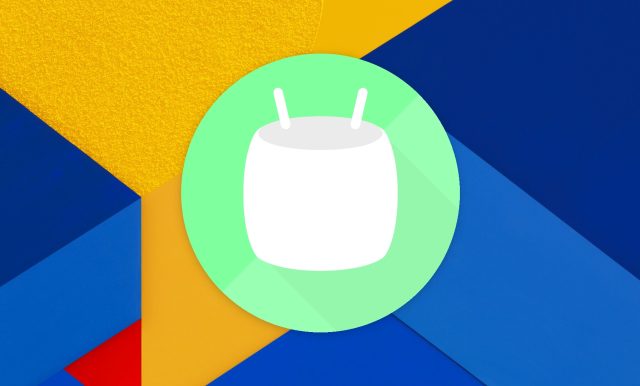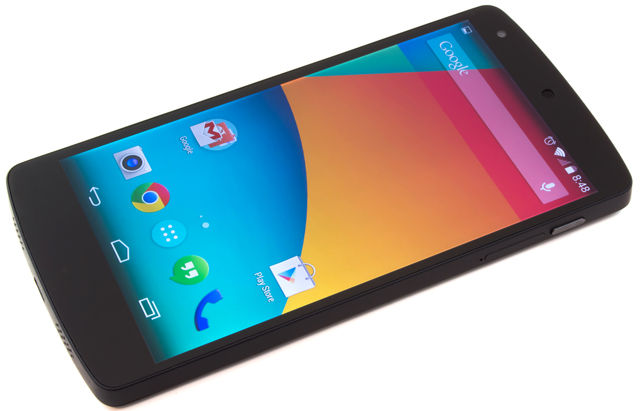
Your first question about Android 6.0 should be "where can I find out about all the new stuff that comes with the update?" That answer is easy—read Ron Amadeo's ridiculously in-depth review.
Now that you know all of that, your second question is probably "when will my phone actually get any of this stuff?" That answer isn't so easy. A handful of OEMs have outlined concrete update plans, while we're relying more on rumors and past precedent for others. Since the first users will start getting the final version of Marshmallow today, we'll run down the list of major OEMs (and other major groups of devices, like Nexuses) and tell you all we know about when you'll actually get Marshmallow. Unfortunately but unsurprisingly, things don't look great for you if you don't own a flagship phone released within the last year or two.
Nexus 5, 6, 7, 9, and Player: Get it now-ish

Owners of the Google-backed Nexus phones will be in the first wave of updates as usual. These devices are rarely the best hardware that the Android ecosystem has to offer, but their access to updates is enough to make up for their other shortcomings. The Nexus 5 and 6 are getting the update today, as are the 2013 Nexus 7, the Nexus 9, and the Nexus Player.
The fact that Google is delivering Android 6.0 to all these devices on day one is heartening, since even the Nexus update process has been a little spotty lately. Android 5.1 in particular was a piecemeal update, and it didn't come to the Nexus 9 until two months after the update was announced.
Google's update process for Nexuses usually happens in waves. If you're waiting for an OTA, Google usually offers them to a small randomly selected group of devices first, expanding in stages until it's available to everyone. Alternatively, impatient users with a bit of knowhow can download the factory images from Google and flash them manually, though this may involve wiping your device and starting fresh.
While things are good for newer Nexuses, let's take a moment to mourn our fallen comrades. The 2012 Nexus 7 tablet, the Nexus 4, and the Nexus 10 are all being dropped this time around, though they should continue to get security patches for at least a few months.
Google Play Edition and Android One: Who knows?
The Google Play Edition program is dead and gone, but the phones and tablets are still floating around out there and some of them aren't even all that old. The Android One program is alive and well (alive, anyway), and Google's product pages for the program all prominently mention quick updates. Google's support pages are less emphatic.
In both cases, Google puts the onus for providing updates on the manufacturers. This has always been the case for the Google Play Edition devices, which were collaborations between the OEM (drivers, kernels, hardware-specific tweaks) and Google (the rest of Android). For Android One phones, it was a bit less clear whether those phones would be getting Nexus-style updates right from Google or Google Play Edition-style updates that looked like Google's but actually still required effort from the OEM.
The short version is that we'd expect most recent Android One phones to get Marshmallow eventually. Google says that "all partners have committed to provide software updates for at least 18 months after the phone's initial public launch," so it might take some time but it should happen eventually. As for the Google Play Edition program, well, those devices have Android 5.1, so their OEMs haven't completely forgotten about them. But given the increasingly advanced age of the devices (the newest is the HTC One M8, released in March of 2014) and the apparent end of the program, updates are far from guaranteed.
HTC

HTC as a company isn't doing so hot lately, and as much as it likes to talk about design its latest flagship feels perfunctory. Even so, HTC is pretty good about update communication, and it's already said which phones it plans to update to Marshmallow.
At the top of the list are the One M9 and M8, which the company plans to have updated by the end of the year (the One M7, though its hardware is more than capable of running newer Android versions, didn't even make it to 5.1). From there, the list is mostly made up of M9 and M8 variants and recent midrange phones: the One M9+, E9, E9+, ME, E8, and M8 EYE; the Desire 816, 820, and 826; and the Butterfly 3.
We don't have a timeline for any of those other phones and of course update availability will ultimately come down to your cellular carrier, but HTC seems on top of things at least as far as this handful of phones is concerned. If there's one major criticism, it's that there's really nothing on this list older than 2014, but as we'll see soon that's par for the course for most of these OEMs.
reader comments
106